Every week the Estuario de la Bahía de San Juan Program checks the bacteria levels of some beaches and lagoons across the northern coast of the island. The purpose is to study and evaluate the water periodically in order to keep the public informed of the status of frequently visited areas. The following map shows the locations that we sample and their enterococcus value. According to the Environmental Quality Board of Puerto Rico (JCA, for its Spanish acronym), enterococcus concentration is an indicator of possible existence of pathogens in the water, which could make warm-blooded animals ill (2018). The enterococcus parameter follows the threshold established by the Environmental Protection Agency, known as “Beach Action Value,” which allows us to communicate the water quality to the population. According to this parameter, if the enterococcus value exceeds 70 col/100 L, the water is not suitable for bathing or any recreational activities that involve direct contact with the body of water. According to the JCA, the most common cause for the increase in enterococcus value is through the overflow of rainwater, illegal discharge of rain sewage systems, zones without the adequate management of sanitary waters, and the poor management of septic tanks. Additionally, the value of enterococcus increases during intense rain events since the overflow reaches beaches and lagoons. We recommend not being in contact with a body of water for at least 24 hours after flooding or heavy rains.
Four of the sampled areas are not suitable for bathing. Two of those are lagoons, and two are beaches, all within the San Juan municipality. The areas not suitable for swimming are located in San Gerónimo (112 col/100 L), Calle Aguadilla (84 col/100 L), Calle Serra (201 col/100 L) and Calle Cervantes (98 col/100 L).
The results taken from the sample at Calle Naim (63 col/100 L), were close to the “Beach Action Value” established by the Environmental Protection Agency (EPA).


